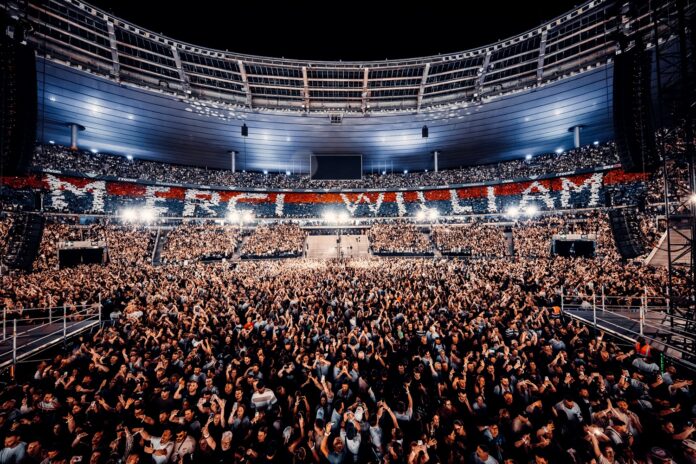So much of the bending in Avatar: The Last Airbender and The Legend of Korra communicates visually what is rarely said explicitly. One of the treats of novels like The Shadow of Kyoshi is that the prose has an opportunity to make clear the subtle details from the animated series that are easy for fans to gloss over. Perhaps one of the best moments to demonstrate this occurs during a fight scene where Avatar Kyoshi notes just how powerful airbending is when confined to a small hallway.
Looking over Kyoshi's words and then back at the animated series, this observation is absolutely right. Fans may expect airbending to be at its strongest out in the open, but it's in confined close quarters that the elemental martial art proves its true power.
The scene in question from Shadow of Kyoshi occurs late in the novel, well after the young Avatar Kyoshi already has proficient use of all four elements. Naturally gifted with raw power, much of Kyoshi's training focused on refining her focus in each martial art. However, as she pursued elite firebenders in an enclosed hallway, she makes an observation about the extra power airbending can have in the environment that shows how raw power can sometimes be enough. Kyoshi states that the dirty secret of airbending is that it is "absolutely devastating in close quarters." And looking back at the animated series, she's certainly not wrong.
Environment plays a huge factor in the dynamics of the fights throughout the Avatar franchise, with waterbending and earthbending most keenly affected by the surrounding materials available. In early episodes like the original series' "Imprisoned," viewers learn how some benders can be almost helpless without any material available for them to bend, but that airbending and firebending prove advantageous because their elements are always readily available. However, unlike firebending, airbending is actually boosted by confined spaces or narrow hallways, where the environment amplifies gusts and blasts of air that become almost impossible to avoid.
As early as the second episode of the original series, Aang demonstrated the potency of close-quarters airbending while on Zuko's ship. Whereas most of Aang's confrontations with Zuko outdoors show the two fighting almost evenly -- when Aang utilizes the open environment to evade a confrontation -- he proves just as agile on board the Fire Nation ship, where his own attacks are almost impossible to avoid. The Legend of Korra maintained that same advantage even as the sequel series put its distinct style on bending. In fact, it made the use of airbending in narrow hallways a climactic moment of its first season.
Robbed of the rest of her bending and at the mercy of Amon puppeteering her body, Avatar Korra remarkably overpowered Amon by suddenly bending an airblast down the hallway that he could not avoid. Despite never even airbending before, the art proved so useful in the environment that Korra quickly blasted Amon out a window, where his identity was exposed to all below. The detail proved subtle and effective, showing a consistency in Avatar's world maintained throughout the franchise but only made explicit in the latest novel.
At no other point do the characters of Avatar remark on the potency that airbenders have in such close quarters, yet many of the most notable fights underline this detail. Out in the open, such as with Aang facing Zhao in "The Deserter" or Korra facing Kuvira in "The Battle of Zhaofu," airbending enhances the space between combatants without really pinning down knockout attacks that are effectual.
Compared to Aang's confrontation with Zuko in "The Phoenix King," where he blasts the Prince out a second-story window, or Korra's superior performance within Kuvira's mech during "The Last Stand," it's clear just how important the arena is when it comes to an Avatar fight. Details make all the difference when it comes to conveying engaging action, and it wasn't until The Shadow of Kyoshi that one of airbending's subtlest details could be fully appreciated.
About The Author

